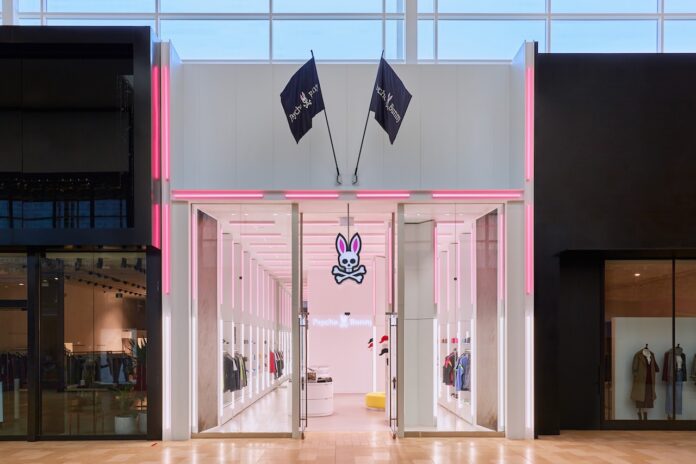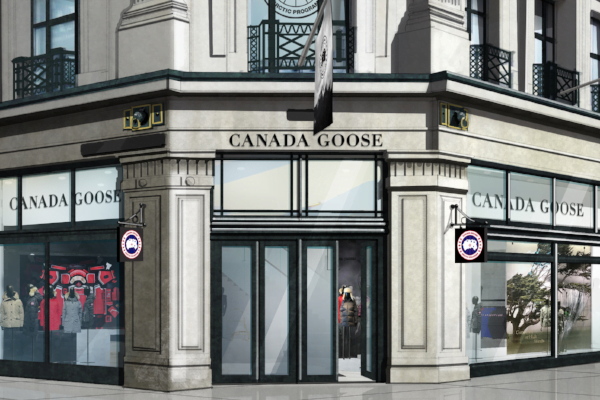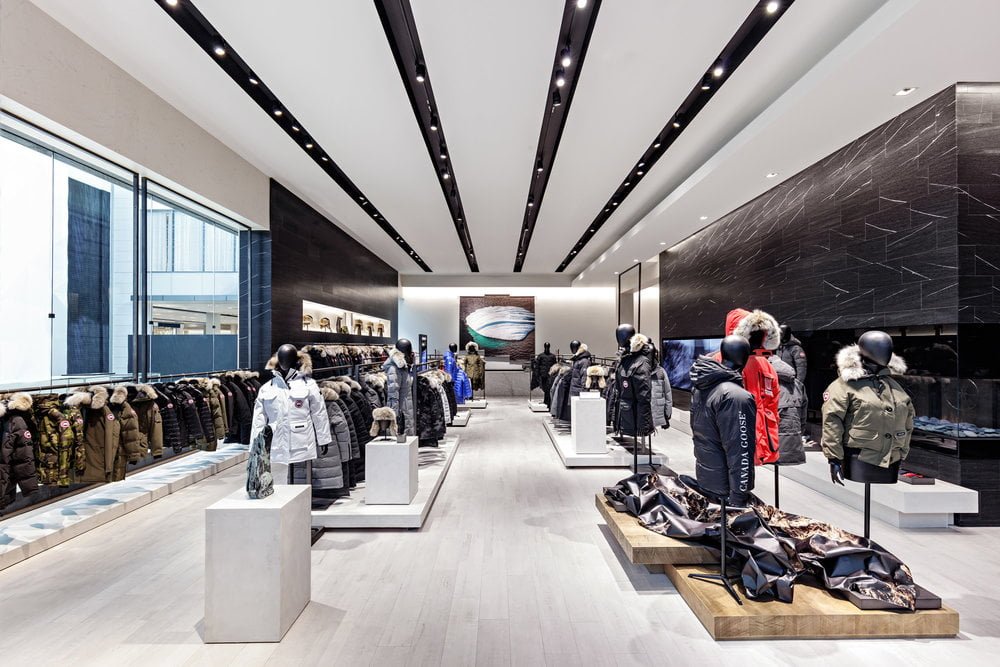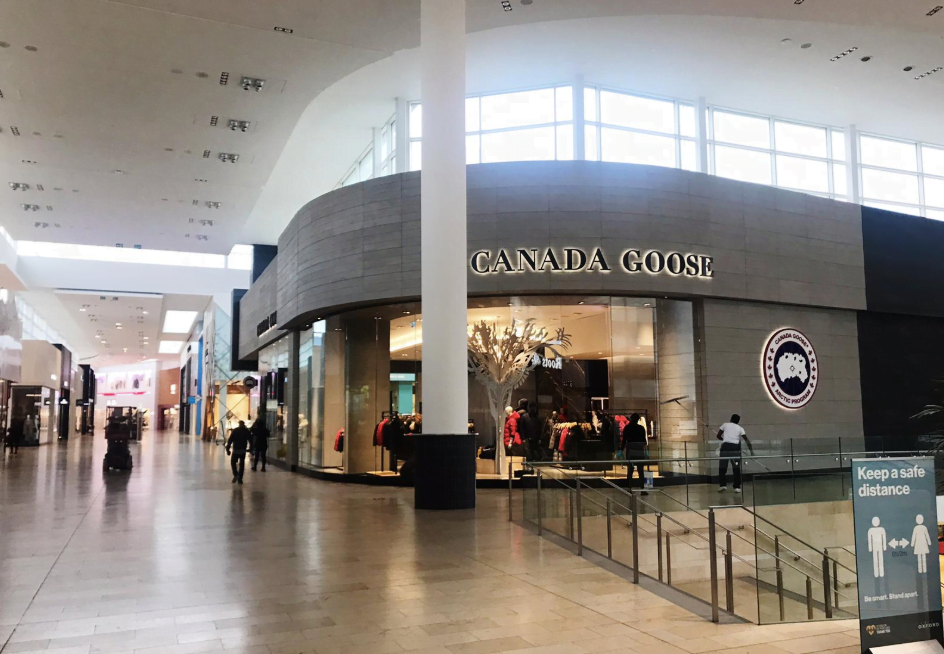Global lifestyle brand MINISO has opened its new Vancouver flagship store at CF Richmond Centre in Richmond, British Columbia.
In a news release, the company said the launch of another pink-themed store underscores MINISO’s growing presence in Canada as it advances on its mission to bring more joyful shopping experiences to a wider audience across the country through more innovative designs, dreamy atmospheres, and expanded IP product sections.

MINISO opens in the heart of Richmond
“Located in the heart of Richmond with direct access to major transportation routes, the 3,500-square-foot MINISO store sits conveniently on the first floor of the CF Richmond Centre, near H&M and Shoppers. The new flagship brings MINISO to a prime location, offering a vibrant shopping environment and joyful experiences in one of the city’s busiest retail hubs,” it said.
“MINISO fans can explore a wide selection of around 3000 SKUs, offering everything they need for daily life, as well as products they love, such as blind boxes, plushies, cosmetics, stationery, and household items. The flagship store features a curated selection of popular products, along with exclusive collaborations with famous IPs such as Disney, Sanrio, and newly launched series like BT21, Chiikawa, and Zanmang Loopy. New beauty launches from beauty brands including Black Rouge, Into You, MilleFee, and Canmake further enrich the store’s offering, ensuring the store has something for everyone.”

As MINISO’s first pink-themed store in B.C., the Vancouver flagship reflects the brand’s dedication to creating fun and memorable shopping experiences, added the retailer.
“The store’s soft pink hues and playful neon elements set the stage for a visually captivating environment, drawing customers into a whimsical world that feels fresh, inviting, and effortlessly joyful. With installations such as a pink Ferris wheel, pink blind box station, and an interactive makeup area, the store invites customers to explore and engage in an immersive, dynamic setting. The store’s unique design and product variety make it a must-visit destination for Vancouver shoppers,” it said.
Key step in strategic Canadian expansion
“This flagship marks a key step in MINISO’s strategic expansion across Canada as it brought another well-design store to the community. The recently opened Sherway store, which also marked the debut of the Chiikawa collection and introduced a new pink-themed store design for the first time in Canada, and other new stores such as CF Fairview Mall and CF Lime Ridge Mall in Ontario, exemplify the brand’s fresh, innovative design approach, bringing more joy to shopping. With around 10 new stores opened earlier in the year, the brand plans to open up more new stores across the country in 2024, including a new themed store at Eaton Centre and additional locations in major malls across Quebec. With its unique IP collaborations and focus on customer engagement, MINISO continues to distinguish itself as a leader in the global lifestyle retail space,” explained the retailer, which opened its first store in China in 2013.
“Looking ahead, MINISO remains dedicated to further growing its footprint both in Canada and globally, bringing engaging, design-led, joyful shopping experiences to even more customers worldwide.”
- Related articles:
- Miniso Canada Investors Protest Chinese Parent Company
Miniso Canada’s Chinese Parent Company Takes Over Canadian Operations











































